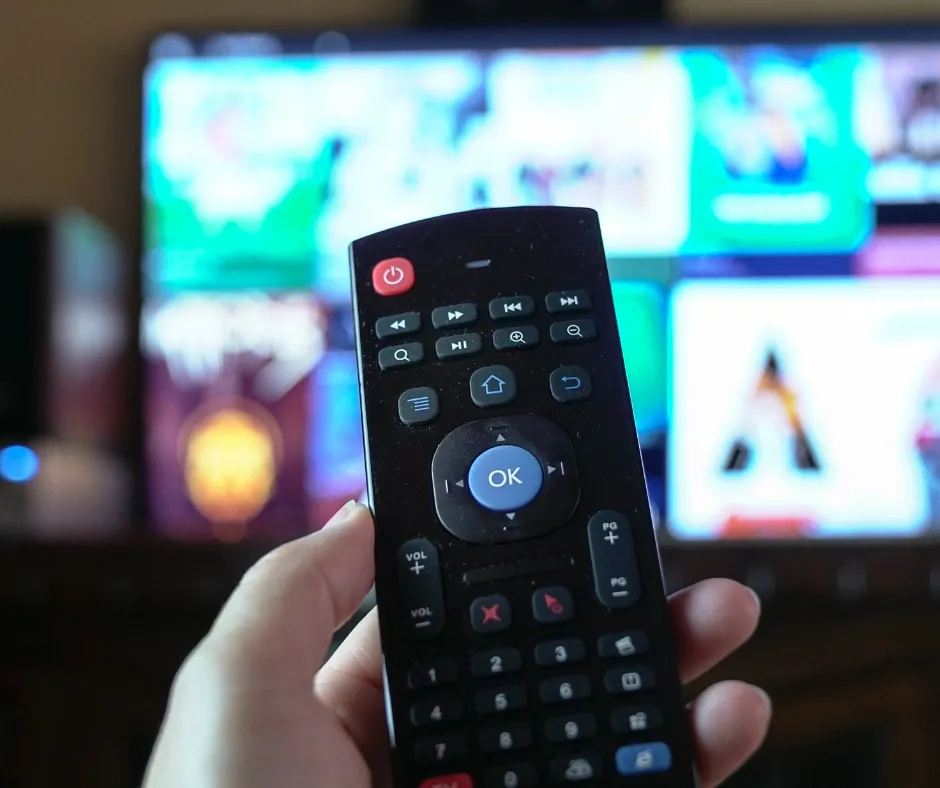Ad-supported streaming is becoming more popular as the major media conglomerates realize that ratings for their linear viewing properties, defined as a broadcast network or cable channel, are decreasing. This decrease means fewer people are seeing ads on traditional television. With the exception of the Super Bowl, which has consistently reaches over 100 million people, companies are finding their advertising dollars are not going as far as they used to. The changing television landscape forces us to shift our ad spend online to Google, Facebook, and other social media platforms. Of course, ViacomCBS, Comcast/NBCUniversal, Disney, WarnerMedia/HBO, and News Corp/Fox do not want to lose our valuable advertising dollars, so many media conglomerates offer advertiser supported tiers to their streaming service customers.
Paid Versus Free-to-User Ad Supported Streaming
Prior to the streaming service explosion of the last two years, streaming services tended to fall into one of two categories: paid and free-to-the-viewer ad supported. Netflix is an example of the former, whereas Crackle is an example of the latter. There were outliers like Hulu, which has offered a cheaper ad-supported tier since its creation, and YouTube, which offers YouTube Premium (formerly YouTube Red) but is still primarily known as a free streaming site.
The Impact of COVID-19 on Streaming Services
In terms of streaming, the COVID-19 pandemic has had a huge impact on how Americans consume TV content. Deloitte’s Digital Media Trends Survey, 14th Edition, found that 47 percent of Americans are watching one free ad-supported streaming service, up from 40 percent prior to March 2020. For Millennials and Gen Z, that number increases to over 55 percent. However, the sheer number of streaming services, both paid and free, means that subscribers are becoming fatigued by options and are unsubscribing from services as discounts expire.
Are Streaming Services a Good Option for Advertisers?
Even with all the competition, streaming cannot be ignored. While streaming services closely guard demographics of individual shows and sometimes actively avoid anything resembling Neilson ratings, we know shows appeal to different demographics. In the future, streaming services that rely on advertising dollars or supplement their subscriber fees with commercial fees will need to be more transparent, so that advertisers know what they are getting for their money.
Currently, Hulu, Peacock, and others primarily do business with national advertisers, but that may soon change as streaming services update their technology to enable advertisers to target viewers based on location and interests. As streaming services add advertising and move toward the Facebook and Google model of ad targeting, marketers will not be able to ignore them. Streaming services will be one more outlet for advertising to reach customers. We have lived in a cord cutting world for 5 years, it makes sense for advertiser to move a portion of their advertising budget away from traditional linear television and toward the services where television viewers are now spending their media viewing time.
Time will tell whether streaming services and advertisers are a perfect match. Regardless, streaming services and advertisers need to work together to survive long term. Otherwise, streaming services will be forced to rely on product placement and advertisers will need to figure out how to captivate audiences on social media and YouTube, a place where many users employ an ad blocker.
Author: Allison Lips


